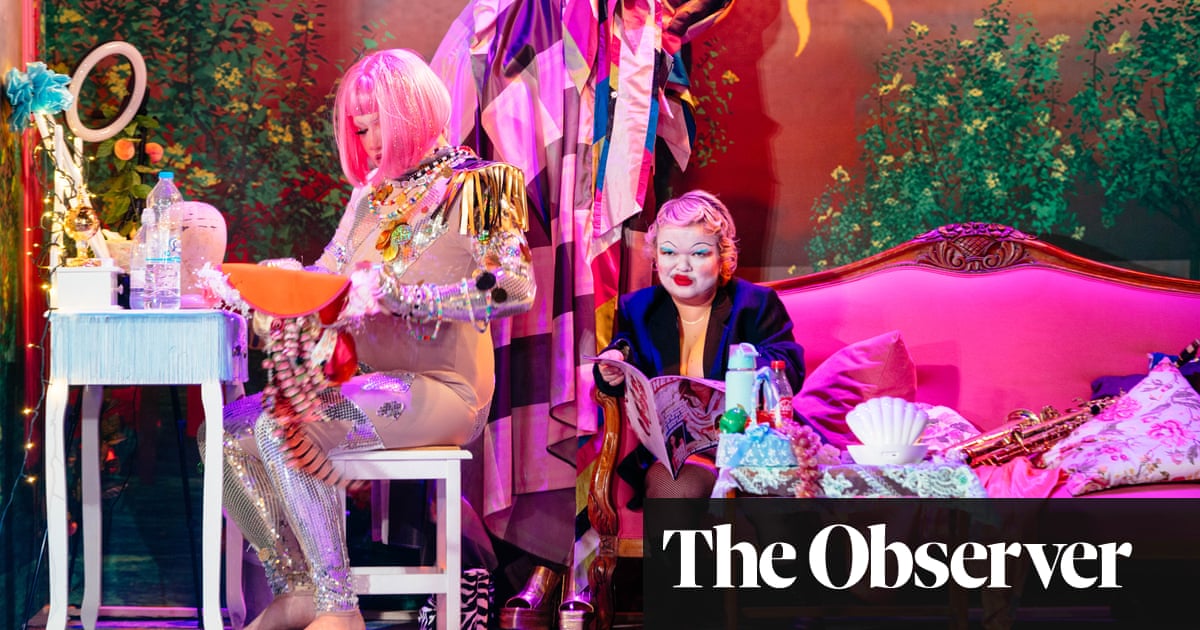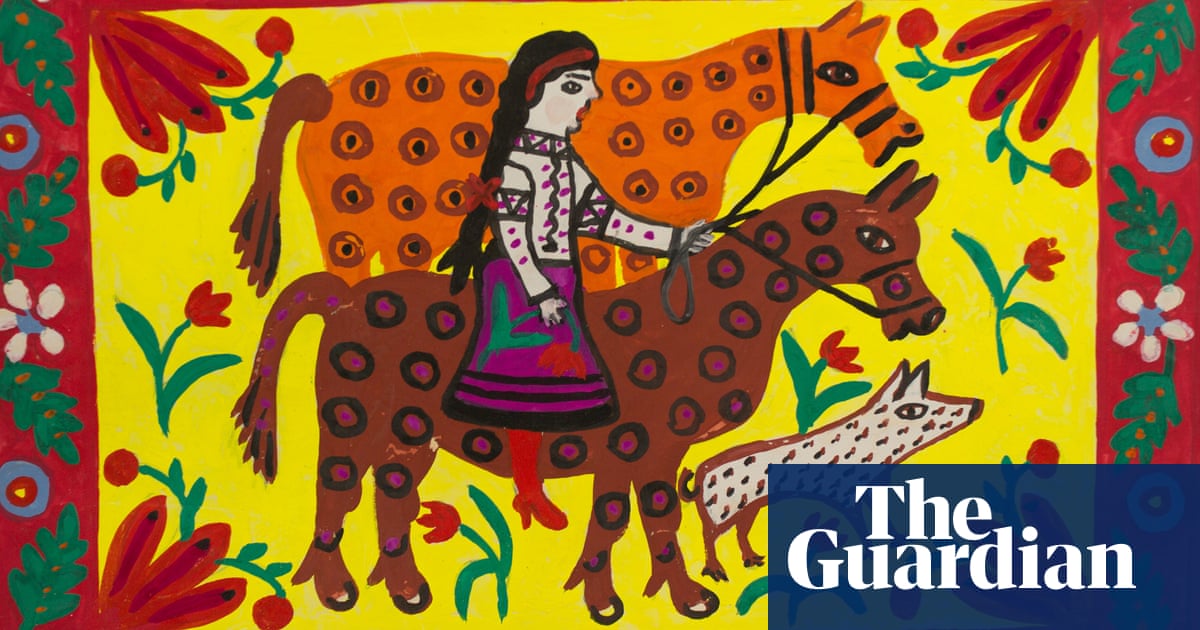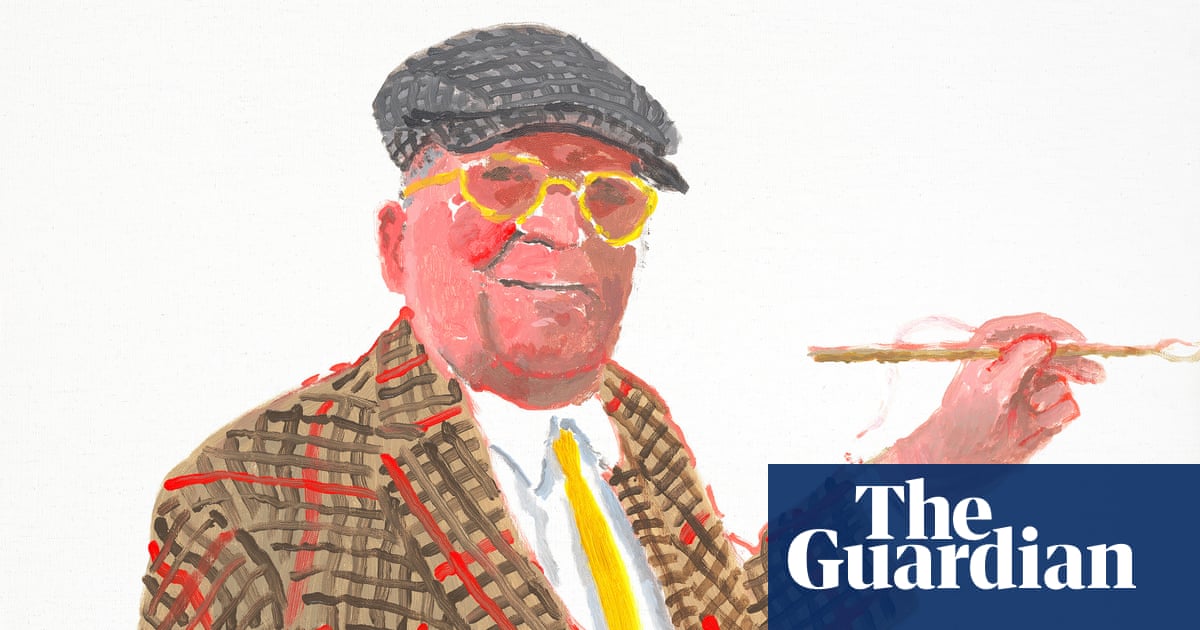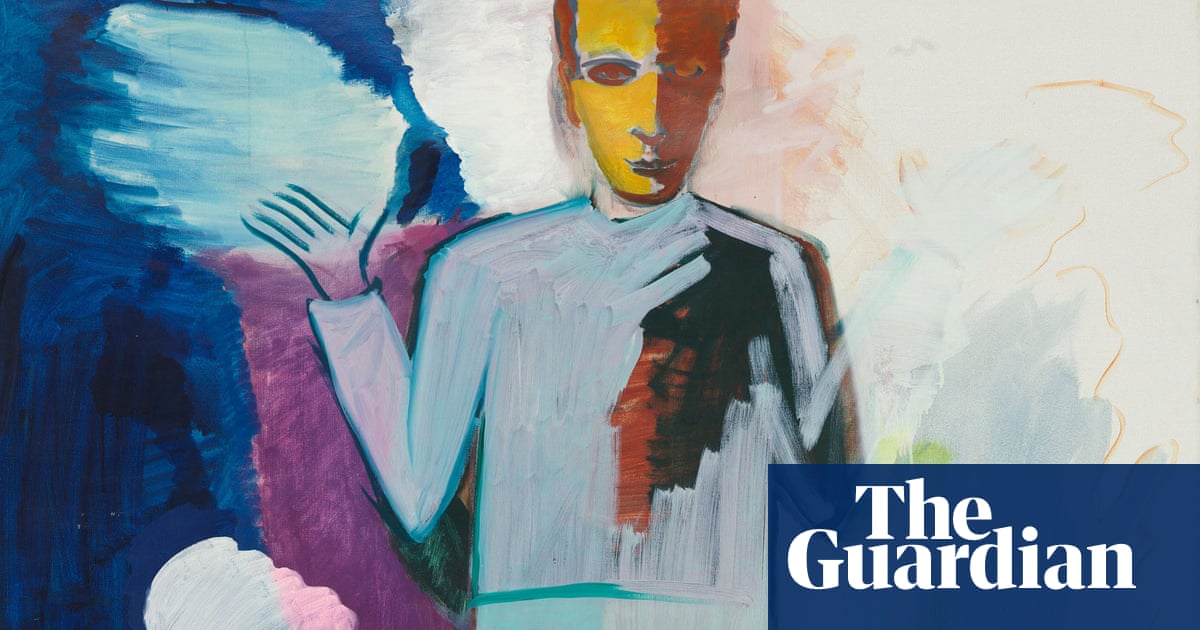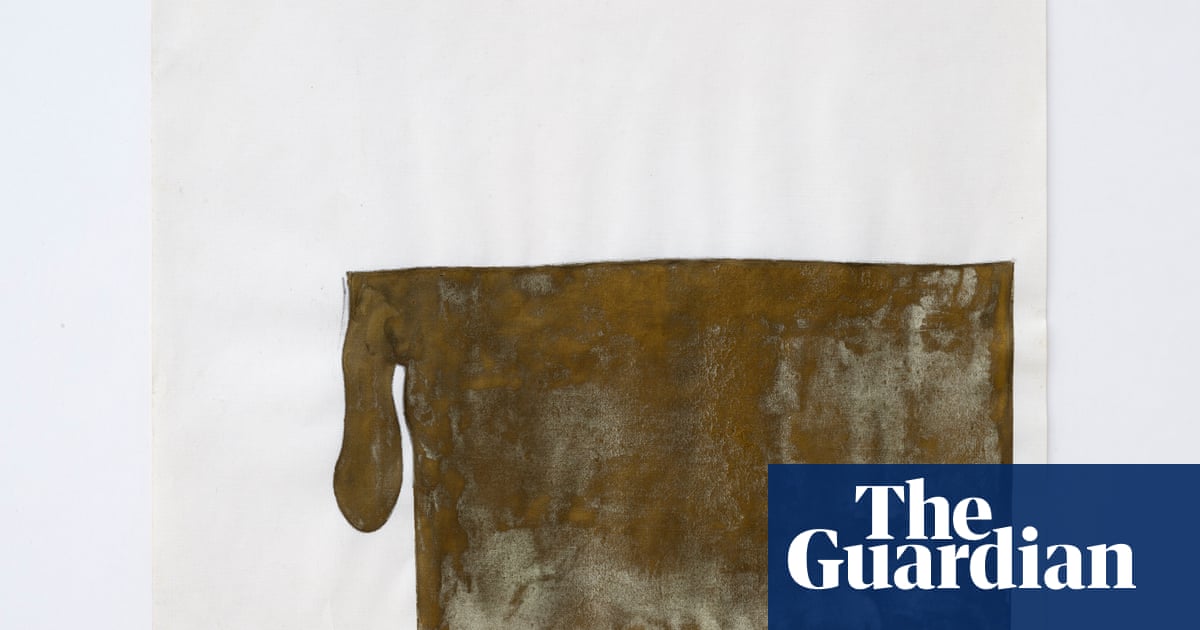
Exhibition of the week
Unearthed: Photography’s Roots
This unusual exhibition tells the history of photography entirely through botanical and landscape images, from Henry Fox Talbot’s beautiful experiments with what he called “the pencil of nature” to Robert Mapplethorpe’s fleurs du mal.
• Dulwich Picture Gallery, London, until 9 May.
Also showing
Renaissance Watercolours
A monstrous lemon depicted by Vincenzo Leonardi and Hans Holbein’s spooky miniature of Anne of Cleves, contained in an ivory Tudor rose, are among the little masterpieces in this free exhibition.
• V&A, London, until 18 April.
Sensing the Unseen
Jan Gossaert’s The Adoration of the Kings is enhanced with state-of-the-art tech wizardry in the National Gallery’s Christmas special.
• National Gallery, London, until 28 February.
Tracey Emin
An extra blast of Emin’s expressive paintings and sculptures to coincide with her acclaimed show at the nearby Royal Academy.
• White Cube Mason’s Yard, London, until 30 January.
Aliza Nisenbaum
Portraits of Merseyside’s frontline health workers in the pandemic year.
• Tate Liverpool, from 15 December to 27 June.
Image of the week
Victorian scientist Richard Owen was nicknamed the Sea Serpent Killer, but he didn’t actually sail the oceans massacring monsters. He did set out to prove such creatures were tall tales told by sailors, collecting reports such as this story of a sea monster sighting, as explored in Fantastic Beasts: The Wonder of Nature at the Natural History Museum.
What we learned
David Shrigley tea towels anyone? We’ve rounded up Christmas gifts to save the arts.
The Utah monolith is gone, leaving mysteries behind …
… But these types of strange object are just tedious stunts.
A new Tracey Emin/Edvard Munch exhibition is a stellar meeting of primal screamers.
Banksy confirmed he created Aachoo!! artwork in Bristol.
Jennifer Packer’s disquieting paintings creep up on you …
… and Robert Smithson’s fantasy islands are art with a dose of extreme sports.
Pantone’s 2021 colours of the year sparked hope and despair.
The Rijksmuseum is holding its first major exhibition on the Dutch slave trade.
Renaissance paintings have been discovered under wallpaper in Hertfordshire.
The house of the future is a sun-filled, shape-shifting paradise …
… while the London home of a portraitist provides both inspiration and respite.
Rick Schatzberg’s topless photos of his childhood mates are a little awkward.
Why the Great Court at the British Museum was a lost space awaiting rediscovery.
Noël Coward’s private lives are on display – and it’s a fascinating look at gay life in the interwar years.
Architect Bjarke Ingels has BIG-time designs on the entire planet.
Photographer Ragnar Axelsson’s tribute to sled dogs reveals true Arctic heroes …
… while Tim Flach’s masked horses are both captivating and disturbing.
Alun Callender’s best shot of metalworkers pouring molten bronze is timely and timeless.
Not a gun: US artist Cara Levine has made replicas of harmless objects police have mistaken for weapons.
Marina Abramović has taken over TV – for five boring, low-brow hours.
A Nazi art dispute goes to the US supreme court.
The future of Tate Britain’s controversial Rex Whistler mural is in doubt.
Irina Antonova, director of Moscow’s Pushkin Museum, has died.
Masterpiece of the week
Still Life with Lobster, 1643, by Jan Davidsz de Heem
Here’s a fantasy feast for festive gluttons. Roast meats, russet lobster, shiny fruits and translucent oysters are arrayed for the eye in this 17th-century Dutch answer to food porn. Some still life paintings are profoundly spiritual, isolating a single cup or vase in space to make us meditate. This one just wants to tempt the tastebuds – and show off the sheer observational skill of the artist to depict real things miraculously. The basket of fruit at the right resembles Caravaggio’s equally lifelike pictures of grapes and pomegranates. His eye for the material world inspired Dutch artists. But then again Jan van Eyck was painting accurate oranges in the early 1400s. Above all, this painting comes from the era of early science. The microscope was invented in the Netherlands in this period. This painting has a scientific appetite for natural facts.
• At the Wallace Collection, London.
Don’t forget
To follow us on Twitter: @GdnArtandDesign.
Sign up to the Art Weekly newsletter
If you don’t already receive our regular roundup of art and design news via email, please sign up here.




